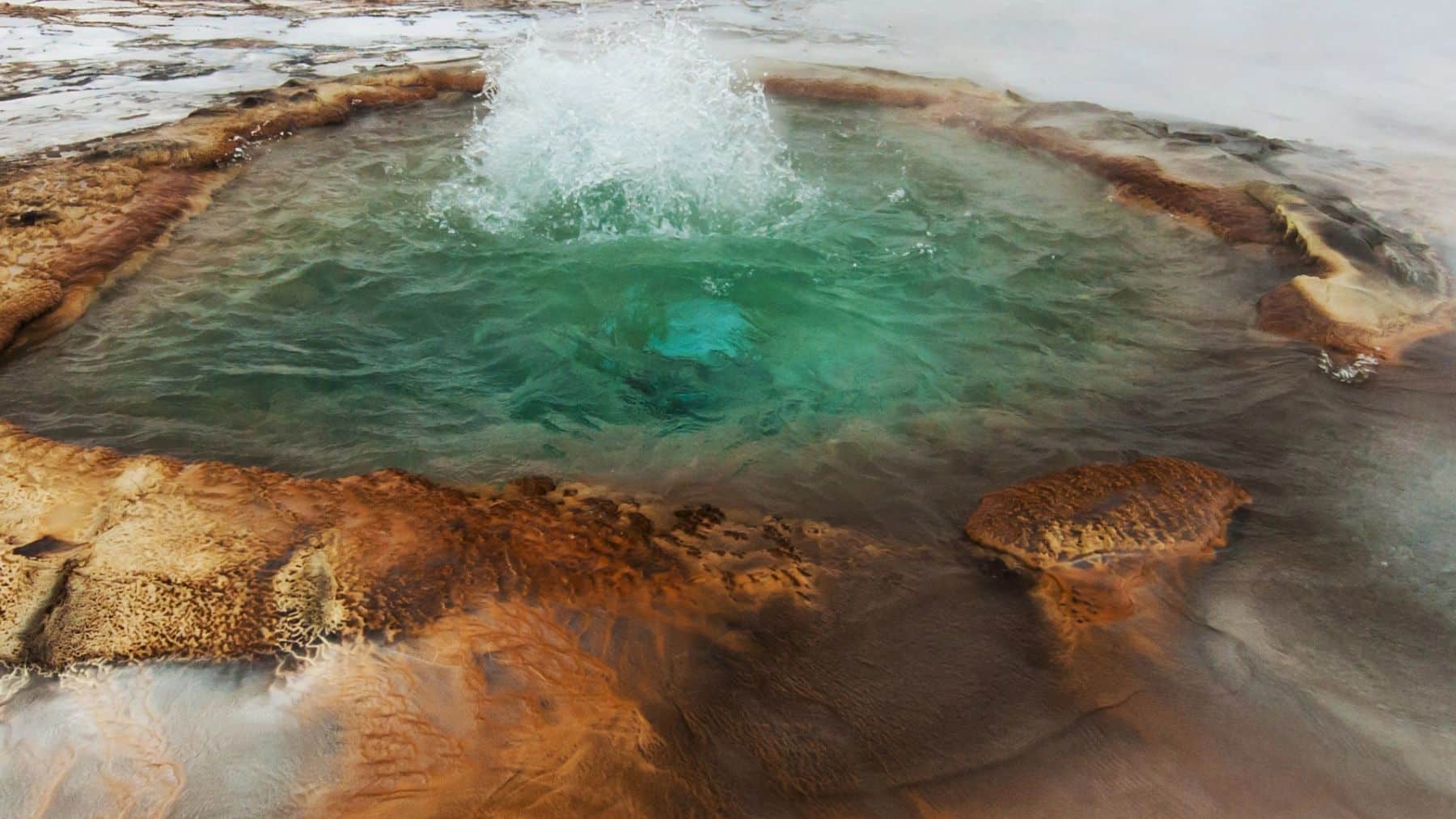Iceland, known as the land of fire and ice, is drilling into volcanoes to harness extreme heat at a rate of 100MW, used to power 50,000 homes. This daring geothermal drilling initiative could change the renewable energy landscape and establish Iceland as the global leader. While rigs continue to descend, the big question remains: Could this drilling project spur a clean energy revolution?
How Iceland’s volcanic heat drilling initiative generates renewable energy and powers communities
Iceland produces a great deal of geothermal power given its distinct tectonic location, where the Eurasian and North American plates meet and create a lot of volcanic and magma-heated systems.
Standard geothermal plants rely on steam or hot water sourced from underground reservoirs; however, this method reaches deeper into the crust, drawing materials from areas adjacent to magma, as well as “supercritical” fluids, which exist at very high pressures and temperatures.
Conventional geothermal power plants in Iceland produce a range from tens to several hundred megawatts of energy. For example, there is a documented plant that produces 100 MW in documented high-temperature fields. The new volcanic-drilling project seeks to increase that limit by utilizing extreme heat through volcanic systems to harness around 100 MW, or enough for thousands of homes, and subsequently, proving the broader potential for volcanic geothermal.
How Iceland’s energy ecosystem and bold policies create the perfect environment for next-generation geothermal energy
Iceland’s special geology allows for this type of drilling. Being situated over a volcanic “hot spot” as well as a rift zone, magma is relatively shallow, offering an extensive heat resource which is attractive for large-scale geothermal energy programs.
Iceland’s volcanic thermal energy framework, small population, and excellent clean energy policies make it a perfect place for a project that may prove risky but rewarding. Since geothermal energy already accounts for a significant portion of the country’s energy for electricity and heating, Iceland is not just a location, but also serves as a test bed for next-generation geothermal energy, like this inagotable energy source, providing endless energy.
If the project’s goal is realized, the country would gain a consistent new source of clean energy, reduce its dependence on fossil fuels, and promote energy independence. The project could also serve as a model for volcanic regions of the world and provide proof of concept for how geothermal energy from volcanoes can generate a dependable, large-scale, and sustainable energy supply.
Massive risks and immense opportunities in harnessing volcanic heat for a new era of clean energy
Drilling in proximity to magma is not typical. There are substantial engineering challenges: high heat and pressure, corrosive fluids, and unknown conditions under the ground. There are also environmental risks associated, including upending the volcanic system or causing earthquakes. There are significant upfront costs involved, and it is uncertain whether there will be an economic return.
The issue lies in whether the reward is worth it, considering the risk. Not only is the future energy provision in Iceland on the line, but whether or not volcanic geothermal can ever become commercially viable anywhere on the planet.
Exploring the opportunities, the risks, and what is at stake for all stakeholders
If Iceland is able to make large-scale volcanic drilling a booming industry, the rewards could be significant. A reliable geothermal source would enhance energy independence, replace fossil fuel consumption, and establish the country as a leader in technology and drilling.
Iceland is being watched by the world as it leverages its volcanic systems to launch an audacious 100 MW of power for tens of thousands of homes. If successful, the country may redefine the future of renewable energy; if not, Iceland will still provide valuable lessons. The Icelandic volcanic geothermal project is complete with aspiration and learning, which could pave the way toward a future of clean energy, just like this powerful volcano awakening in America, generating energy.

